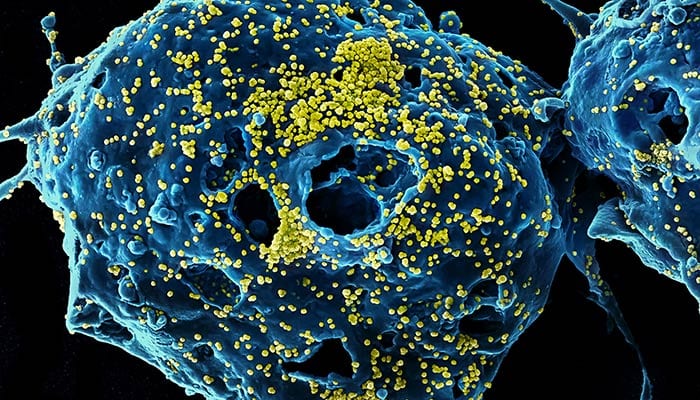
Infectious Disease and Epidemics
Key facts
1.6 million people still die from pneumococcal diseases every year, making it the number one vaccine-preventable cause of death worldwide. More than half of the victims are children. (The pneumococcus is a bacterium that causes serious infections like meningitis, pneumonia and sepsis. In developing countries, even half of those children who receive medical treatment will die. Every second surviving child will have some kind of disability.)
Malaria causes some 225 million acute illnesses and over 780,000 deaths, annually
164,000 people, mostly children under 5, died from measles in 2008 (the latest years for which figures are available, at time of writing) even though effective immunization, which includes vaccine and safe injection equipment, costs less than 1 US dollars and has been available for more than 40 years.
These and other diseases kill more people each year than conflict alone.
Why has it got to such a level when the world has enough wealth to help address most of these problems, or at least alleviate more of the suffering?
In 2008, some 6.7 million people died of infectious diseases alone, far more than the number killed in the natural or man-made catastrophes that make headlines. (These are the latest figures presented by the World Health Organization.)
AIDS/HIV has spread rapidly. UNAIDS estimates for 2008 that there were roughly:
33.4 million living with HIV
2.7 million new infections of HIV
2 million deaths from AIDS
Blood-feeding arthropods, ticks transmit pathogens to humans and domestic animals more often than other arthropod vectors. Livestock farming plays a vital role in the rural economy of Pakistan, and tick infestation causes serious problems with it. However, research on tick species diversity and tick-borne pathogens has rarely been conducted in Pakistan. In this study, a systematic investigation of the tick species infesting livestock in different ecological regions of Pakistan was conducted to determine the microbiome and pathobiome diversity in the indigenous ticks.
Coronavirus COVID-19 risk assessment.
The 2019–20 coronavirus pandemic is a pandemic of coronavirus disease 2019 (COVID-19) caused by the severe acute respiratory syndrome coronavirus 2 (SARS-CoV-2). The disease was first identified in Wuhan, Hubei, China in December 2019. wikipedia.org
PAKISTAN
Ongoing community transmission of COVID-19 has been reported globally.
Travel Health Guidance
If you travel to Pakistan:
Visit CDCs webpage for additional information about travel to Pakistan.